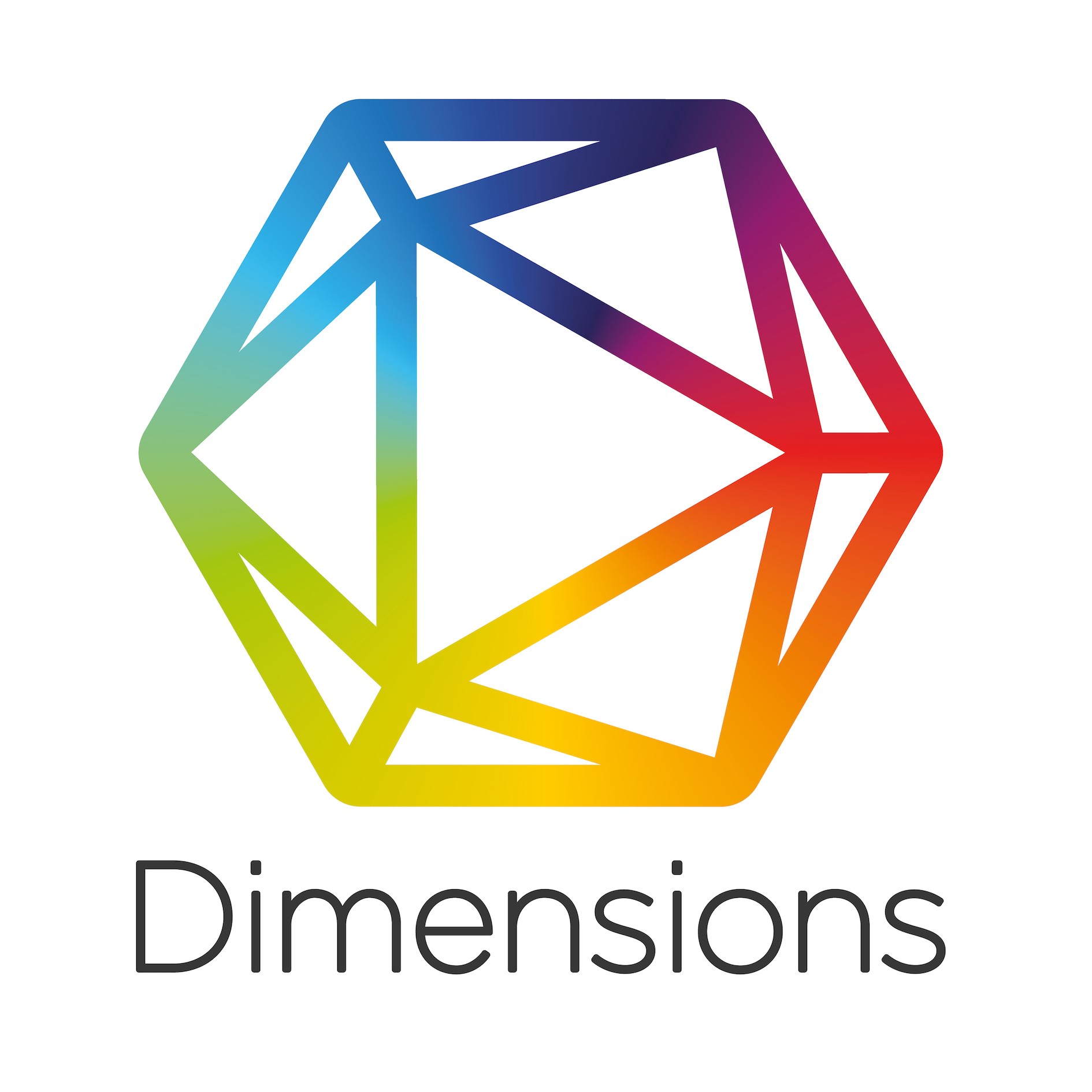PROSES PENGAMBILAN KEPUTUSAN PINDAH KERJA PADA KARYAWAN GENERASI MILENIAL DI JAKARTA
DOI:
https://doi.org/10.25170/manasa.v8i1.1950Keywords:
Millenials, Generation, Decision making process model, TurnoverAbstract
Millenials generation is the generation that grow up during the development of the Internet.
One of the millenial generation phenomenon is the high turnover in the workplace. This is
difficult to understand and to predict by management. As a result, organizations are
overwhelmed to deal with this, and recruitment cost is increased to get a new employee
again. Therefore, it is important to understand the decision-making process of millenials
employees for changing jobs. This study aimed to explore the decision-making turnover
process of millenials employees in Jakarta. The method used is qualitative with data
collection techniques using interviews with five participants, consisted of three women and
two men, aged 16-36 years old and have a minimum educational background of bachelor’s
degree and work in Jakarta. Other criteria of participants is that they have moved to different
workplace at least 2 times with an average length of work a maximum of 3 years. Results
from this study was that every participant has a unique dynamic and different from each
other, but there were the same distinctive characteristics of the millenials generation in
taking decisions and customization. They knew what they want, and they expressed it to the
management. The availability of job offers is among the meaningful factor to consider during
the decision-making process
References
Alsop, R. (2008). The reophy kids grow up: How the millenial generation is shaking up the workplace. San Fransisco: Jossey-Bass.
Asosiasi Penyelenggara Jasa Internet Indonesia. (2012). Profil pengguna internet Indonesia 2012. Diakses pada 8 Januari 2014 dari shorturl.at/kmDLS Dunamis Organization Services. (2013, 25 November). 37% karyawan di Indonesia adalah generasi Y, sudah siapkah organisasi anda?. Diakses pada 27 Maret 2014 dari dunamis.co.id/index.php/knowledg e/details/press/155.
Kumar, R. (1999). Research methodology, a step by step guide for beginners. London: SAGE Mathis, R. L., & Jackson, J. H. (2013). Human resource management (13th ed.). Mason: South-Western Cengage Learning.
McCrindle, M. (2013). Gen Y at Work: Rewarding the Global Generation. Diakses pada 12 April 2014 dari blog.mccrindle.com.au/themccrindle-blog/gen-y-at-workrewarding-the-global-generation PENGAMBILAN KEPUTUSAN PINDAH KERJA GENERASI NET 32
Mobley, W. H. (1977). Intermediate linkages in the relationship between job satisfaction and employee turnover. Journal of Applied Psychology, 62, 237-240.
Mobley, W. H. (2011). Pergantian karyawan: sebab akibat dan pengendaliannya. Jakarta: Penerbit PPM.
Mujtaba, B. G., Manyak, T., Murphy, E. F., & Sungkhawan, J. (2010). Cross-cultural value differences of working adult Gen X and Gen Y respondents in Thailand. International Journal of Management and Business, 1 (1), 36-62.
Novianti, K. (2011). Pengaruh job embeddedness terhadap turnover intention karyawan di PT. Drei Indonesia. [Skripsi]. Universitas Katolik Indonesia Atma Jaya, Jakarta.
Patton, M. Q. (2002). Qualitative research & evaluation methods. Thousand Oaks: SAGE Publications.
Poerwandari, E. K. (2013). Pendekatan kualitatif untuk penelitian perilaku manusia (Cet. Ke-5). Depok: LPSP3 UI. PricewaterhouseCompany. (2013). PwC’s NextGen: A global generational study. Diakses pada 27 Maret 2014 dari pwc.com/us/en/peoplemanagement/publications/nextgenglobal-generational-study.jhtml
Sijabat, J. (2011). Analisis keinginan untuk pindah: Studi empiris pada KAP besar di Jakarta yang berafiliasi dengan KAP asing (the big four). Jurnal Akuntansi Bisnis, IX, (18), 95-109.
Siregar, D. D. (t.th). Gaya kepemimpinan “fit & match” untuk generasi Y. Diakses pada 20 November 2013 dari ppm-manajemen.ac.id/gayakepemimpinan-fit-match-untukgenerasi-y/
Staw, B. (1980). The consequences of turnover. Journal Occupational Behavior. 1 (4), 253-273.
Sujansky, J. G., & Ferri-Reed, J. (2009). Keeping the millenials: Why companies are losing billions in turnover to this generation – and what to do about it. Canada: John Wiley & Sons.
Supriyanto, & Santoso, G. A. (2005). Pengambilan putusan pindah kerja (studi deskriptif proses pengambilan putusan karyawan yang pernah pindah kerja). Anima, Indonesian psychological journal, 20(4), 365-379.
Tapscott, D. (2009). Grown up digital. New York: McGraw Hill.
The Kelly Global Workforce Index. (2011). Drivers of career choice and career progression: The evolving workforce. Diakses pada 19 November 2013 dari kellyocg.com/Knowledge/Kelly_Gl obal_Workforce_Index/Drivers_of _Career_Choice_and_Progression/
The Kelly Global Workforce Index. (2013). Employee engagement and retention. Diakses pada 16 Desember 2014 dari shorturl.at/xJN68
Whitaker, B. (2010). Driver turnover: costs, causes, and solutions. [Makalah, tidak diterbitkan].
Yuliawan, T. P., & Himam, F. (2007). The grasshopper phenomenon: Studi kasus terhadap professional yang sering berpindah-pindah pekerjaan. Jurnal Psikologi, 34, (1), 76-88. PENGAMBILAN KEPUTUSAN PINDAH KERJA GENERASI NET 33
Zemke, R., Raines, C., & Flipczak, B. (2000). Generations at work: Managing the clash of veterans, boomers, xers, and nexters in your workplace. New York: AMA Publications.
Zimmerman, E. (2009). How to overcome a job-hopping history. Diakses pada 28 Februari 2014 dari nytimes.com/2009/02/01/jobs/01ca reer.html?_r=0









.png)
.png)

